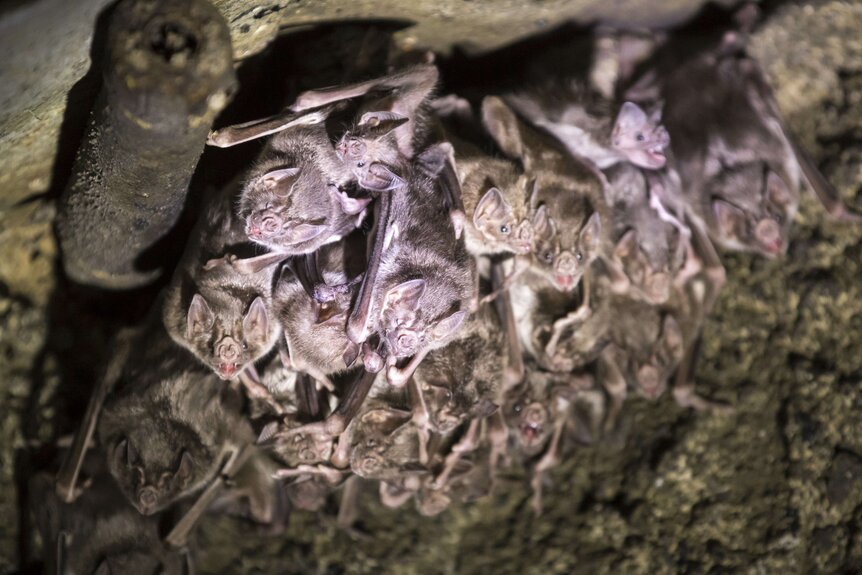Create a free profile to get unlimited access to exclusive videos, sweepstakes, and more!
Vampire bats turned off part of their genome to eat blood
What genes do we need to turn off to eat whatever we want?

We’ve heard of picky eaters, but vampire bats take it to the extreme. They’re the only mammals who have adapted to live entirely on the blood of others. If you’re going to pick a single food to survive on, blood is actually one of the worst. It’s incredibly high in protein and iron while being low in fat or sugar. In order to survive, vampire bats have had to acquire a slate of unique adaptations and now we have a look at the genetic changes they’ve undergone to make it work.
In a new study published in the journal Science Advances, Michael Hiller from the Max Planck Institute of Molecular Cell Biology and Genetics, along with colleagues, compared the genome of the common vampire bat against the DNA of 26 other species to see what made them tick. Perhaps surprisingly, they found that the key to vampire bat success was not in gaining genes, but in losing some.
“We knew that blood is actually a very challenging diet because about 80% of it is fluid and most of the nutrients are protein. We were interested in the genomic underpinnings of these adaptations,” Hiller told SYFY WIRE.
Genome sequences for vampire bats existed from previous studies, but they were incomplete and had errors. The first step in this new work was obtaining a cleaner sequence to work from. With that in hand, the team bounced it up against other species to look for genes which have been deactivated.
Researchers found 13 genes which they believe relate to critical adaptations for vampire bat survival and success. Those gene deactivations fall into two overarching types. The first is what scientists consider “use it or lose it” genes. These genes code to proteins which might be useful in other species, but aren’t necessarily in vampire bats.
Hiller and the team found that vampire bats had lost genes related to fat absorption and the production and secretion of insulin. While those genes might be useful in animals with diets high in fats and sugars, it isn’t much a problem for blood suckers, so their loss wasn’t selected against. Another is the genes for cone receptors in the eyes. Cones help to differentiate color and bats spend most of their time flying in the darkest parts of the night when color isn’t all that useful.
The second type, which Hiller referred to as “less is more” is when things get really interesting. The one most related to surviving on a blood diet helps vampire bats regulate the amount of iron they absorb from their food.
“The gene inhibits uptake of iron from the blood stream into cells in the gastrointestinal tract. This is important because blood contains a lot of iron and vampire bats consume their own body weight in blood every night,” Hiller said.
By getting rid of that gene, more iron is captured in these cells which are short-lived, and regularly slough off and are excreted. Were that gene still active, vampire bats might overdose on iron every time they eat.
Another lost gene helps them survive on blood meals indirectly by changing the way their brains work. In other animals, this gene encodes an enzyme in the brain which degrades a cholesterol metabolite related to memory, learning, and social function. Removing the enzyme means levels of the metabolite go up raising social function and cognition.
“Vampire bats have the most advanced social behavior in all bats. They have to feed every night or they risk starvation, so they share food by regurgitating blood and feeding others in the group,” Hiller said. “The decision to help out is primarily driven by who has helped you in the past. That requires recognizing different individuals and remembering what they did for you in the past.”
We often think of evolution as an additive process, but that clearly isn’t always the case. Since the blood-sucking bats split off from the rest of their evolutionary family, losing genes made all the difference.



























